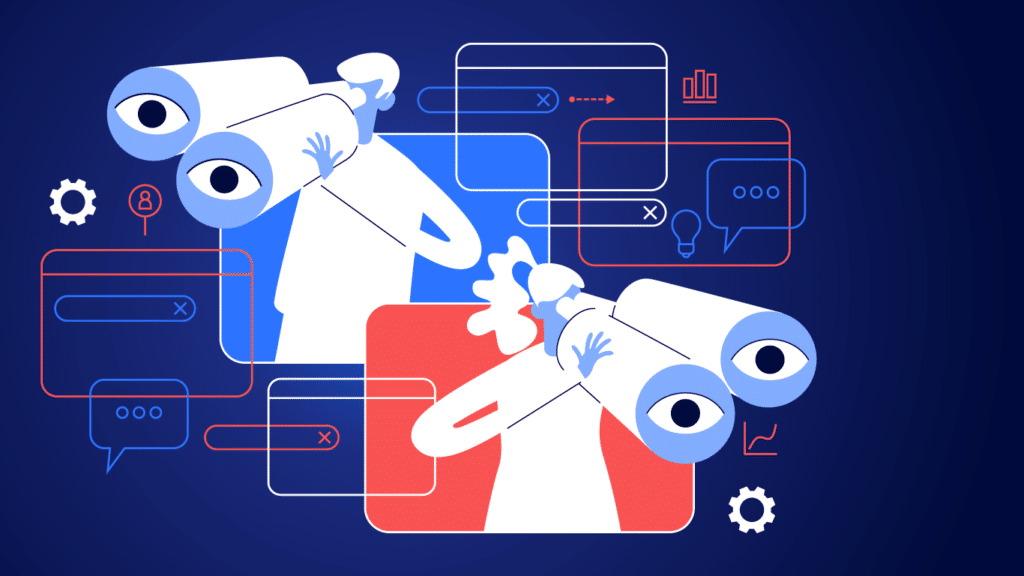Relationships with partners, vendors, and clients can be delicate, meaning those working in business-to-business capacities must try to understand them as completely as possible. Analyzing these relationships has typically been more of an art than a science — but when it comes to the supply chain, artificial intelligence and machine learning are beginning to change that.
Like many in the business world, I tend to think about the transactional environment first. I wonder whether I’m dealing with a supply-constrained or supply-abundant environment, for instance, and I want to know how certain factors influence my ability to operate in that environment. When applied in procurement, machine learning can give me a clear, cross-sectional view of the environment.
Human behavior also influences that environment, however, and it has no shortage of nuance. As we face different complexities in newly apparent global economic scales, relationships become much more than simple transactions. Businesses are beginning to look at the behavioral ecosystem and find new ways to operate profitably while serving the long-term interests of both stakeholders and suppliers.
In the supply chain, artificial intelligence (AI) now supports B2B relationships by providing robust views of their behavioral intricacies. This puts greater productivity and transparency within immediate reach.
What we’ve overlooked in supply chain management and AI
Historically, we’ve viewed data provided by AI in logistics and supply chain management from the financial side — as reflections of the transactions themselves. Commonly implemented data visualizations show accounts payable and receivable, for example, but we know there’s more going on than simply the transactions. Behavioral science and AI in B2B marketing are beginning to unpack some of these behaviors from relationships.
As we become more aware of the different types of data generated by every digitally managed activity, the way we look at AI in the supply chain is certainly evolving. Now, we need a deeper understanding of the nature of our relationships with vendors and other partners.
Uses of AI in the supply chain: going beyond fraud monitoring
Let’s imagine you’re a buying company that works in a supply-constrained environment with a younger, less experienced company. The supplier is immature and tends to make mistakes. Because you exist in a supply-constrained environment, however, you’re forced into a relationship outside the acceptable risk profile.
One mistake the inexperienced supplier might make is overbilling, and this can be an innocent mistake. Maybe the company didn’t realize that it issued two handwritten invoices in addition to today’s standard digital invoice.
Honest mistakes aside, our fledgling supplier knows that it’s a supply-constrained environment and that you don’t have as many options. It might take some liberties to get a little bit more from you — perhaps by creating a need for an extra run to bill you for more delivery fees. It knows it didn’t need to do that, but how will you prove it? Making accusations can jeopardize a relationship, and you need this supplier more than it needs you.
Situations like this one illustrate the need for understanding relationships beyond spending analysis and applying AI in B2B operations can give us a more behavioral view. These tools can help us assess, identify, and predict behavior, and we can respond in a way that creates an advantage without the confrontational overtones of a direct power play.
Such an analysis might point to influencing the transaction environment peripherally by improving operations, thereby eliminating some of the costs we feel forced into paying. In this way, the delicate B2B relationship is simultaneously transformed and preserved. Incorporating a behavioral vantage point transformed the field of economics, and it promises to do the same for B2B relationships.
Behavioral AI promises transparency and mutually optimized relationships
I suspect that in our lifetime, a small portion of actors will still knowingly do things the wrong way, use fraud, or gamify situations. Unfortunately, these bad actors mistakenly believe that using these tools creates a viable path toward success — probably due to some perceived notion of an upper hand. Regardless, most of us understand that honest collaboration is the only path to mutually beneficial business ecosystems.
We certainly want to weed out fraud and gamification. Insidious motives aside, though, how often do we deliberately omit information in our interactions because we don’t trust how it will be interpreted? We’re not always convinced that sharing certain information won’t result in a damaging response.
Such omissions aren’t overtly dishonest, but they’re surely not shining examples of the transparency we seek in healthy business partnerships. After all, a past deal’s hidden elements come back to haunt a relationship later. AI and machine learning help create a neutral playing field that allows new information — behavioral information — to be shared more openly while building trust.
Shining a light on business relationships is the best way to ensure these hang-ups rarely happen — and using behavioral AI and machine learning in supply chains will foster transparency, ensure common understanding, and put us on the road to mutually beneficial partnerships. Perhaps transparency will be the new gold standard in business.















